Outdoor dining: San Francisco goes al fresco — even when ‘Karl’ rolls into town
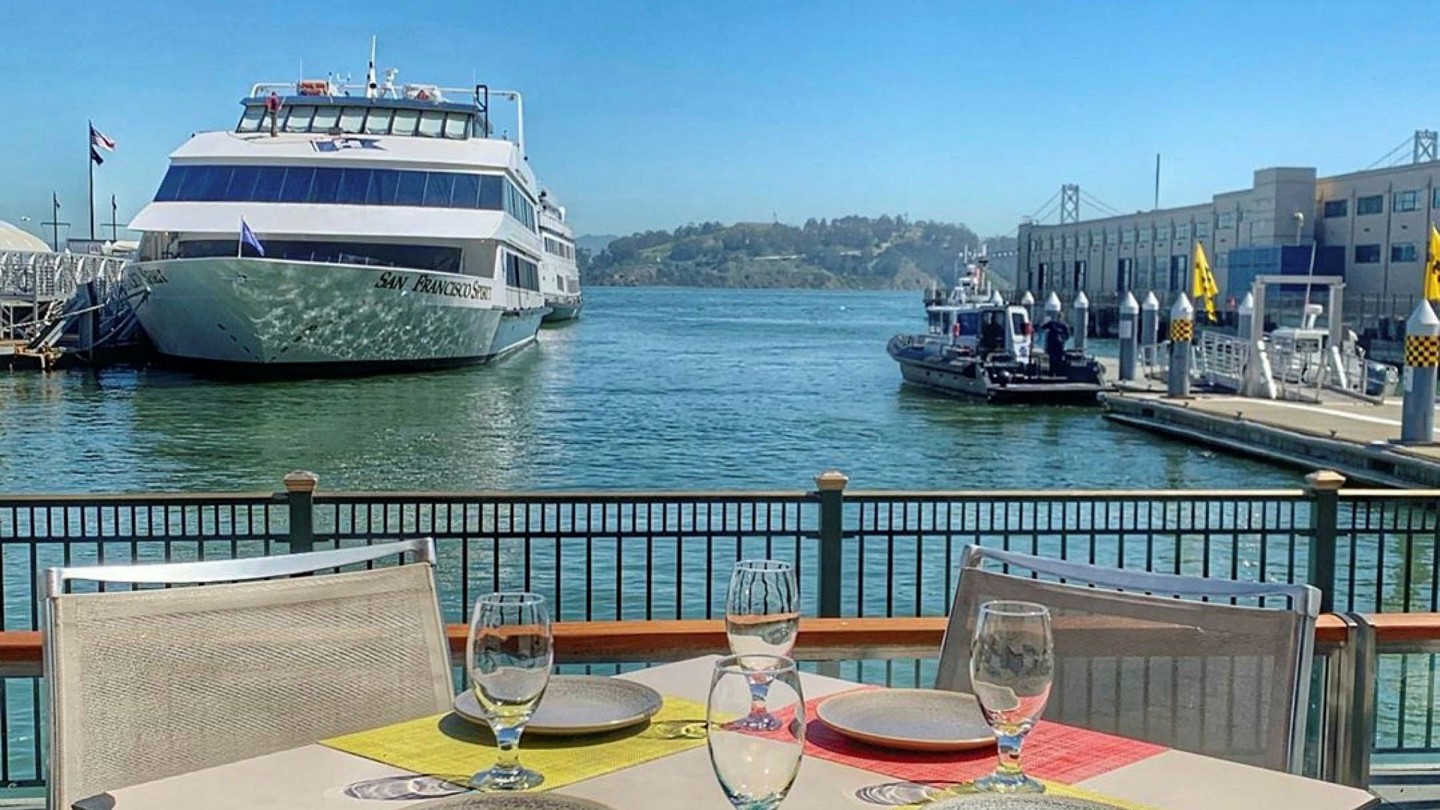
Roula Khalaf, Editor of the FT, selects her favourite stories in this weekly newsletter.
One reason why San Francisco has never had much of an outdoor-dining scene tends to manifest itself around 3pm, gracefully cloaking the Golden Gate Bridge before settling over the city, giving its inhabitants a familiar chill as they make their way home from work.
The fog — nicknamed “Karl” in recent years, to the irritation of some of the locals — has been romanticised by poets and authors, each with their own theory as to the effect it has on the collective demeanour of the city’s near million inhabitants.
What it does to tourists is more immediately obvious. “You always see them, shivering in the Alcatraz sweatshirts they had to buy,” laughs Marcia Gagliardi, a writer who has chronicled San Francisco’s evolving food scene for around two decades.
Nothing in that time has come close to the disruption to the city’s restaurant business caused by Covid-19, Gagliadi says. While the recession in 2008 provoked the emergence of a street-food scene, Covid has led to a new transformation: outside dining in a city that traditionally very much likes to eat indoors. Early on in the pandemic, realising they had little to no outside space, restaurateurs pleaded with city politicians to open up sidewalks and alleyways that were previously off limits — a request duly granted, with a swiftness only possible when a crisis forces a way around previously insurmountable bureaucracy. Across the city, once untouchable parking areas are now up for grabs, with restaurants building wooden seating booths and tables separated by Perspex screens.
San Franciscans are made of hardy stuff: the fog won’t deter them from an al fresco dinner, and many restaurants are providing for the chill. Several are providing blankets and heaters (worth checking before you go). Tables at all of the restaurants are spaced apart, and the courtesy is to make sure your mask is on when walking around, or talking to your server.
Less predictable, both this year and sadly into the future, will be the impact of poor air quality. Record-breaking wildfires north of the city has made the air unhealthy to breathe — at one point prompting warnings to stay indoors, with the windows closed, every day for more than a month. San Francisco became a place where it was dangerous to eat indoors or out. At the time of writing, the air has cleared up, according to Purple Air, a service that has become so vital many San Franciscans check it before they read their emails each morning.
So — outdoor eating is back on. And 2020’s turbulence has amounted to a revolution in San Francisco dining, and many hope the changes may be here to stay. If one positive can be taken from the pandemic, Gagliardi says, it will be a return to experimentation and adaptation in a city that was getting too comfortable appealing solely to the tech-company masses and their need to wine and dine venture capitalists.
California Fish Market Restaurant
550 Green Street, San Francisco, CA 94133
Good for: delicious seafood fresh out of the Bay, at prices remarkably low compared to the tourist traps down the hill in Fisherman’s Wharf
Not so good for: dessert. Instead, take a post-dinner stroll, grab a gelato from whichever place has the longest line and sit in Washington Square — there are socially distanced circles marked out on the grass
FYI: North Beach is home to the city’s best and oldest bars, but most — such as The Saloon, which opened in 1861 and is now a riotous blues bar — are yet to navigate how to reopen under social-distancing guidelines. Some spots, however, have found a way to offer just enough of a food menu to qualify as restaurants, keeping the neighbourhood’s dive-bar and cocktail scene somewhat intact. You’ll find several of them along Grant Avenue. “Family-style” pasta at around $22 per dish, with other mains priced between $20-$40, depending on market prices. (Website; Directions)
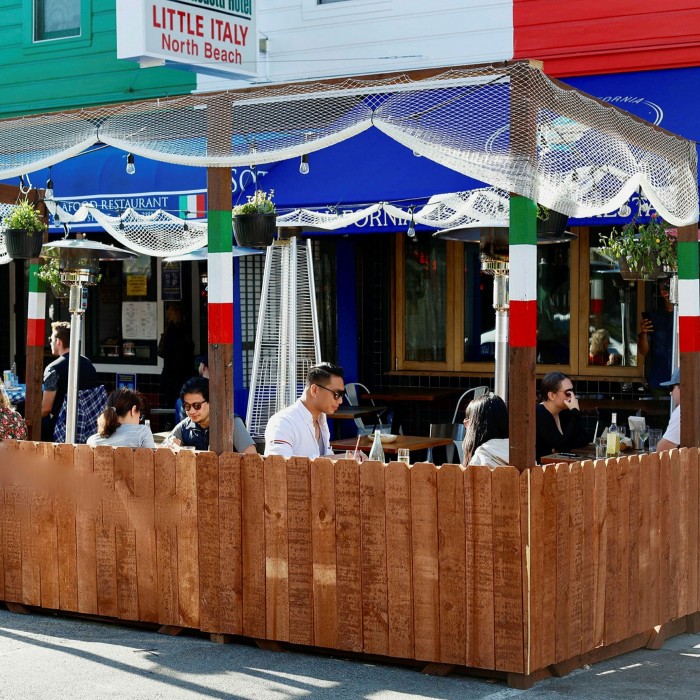
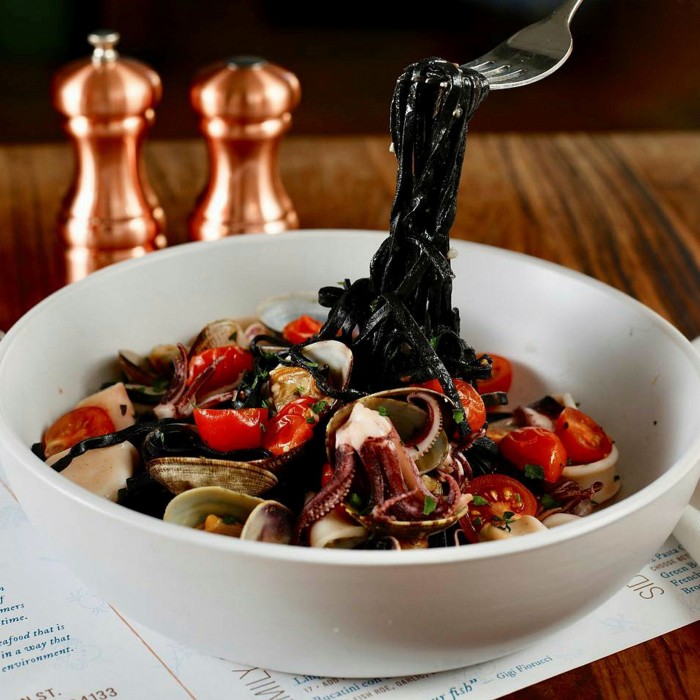
The arrival of California Fish Market Restaurant would have been exciting in “normal” times, but it especially stands out in this pandemic: any restaurant opening its doors while others all around them are bowing out seems cause for added celebration. Its owners, who run two other restaurants nearby, used to run a pasta restaurant at this same location. Fortunately, they brought elements of their strongest dishes from that venture to this latest endeavour.
The fare here is delicious, fresh seafood cooked simply and superbly. Highlights include the grilled Spanish octopus, drizzled with not much else beyond salt and lemon, while the most popular main, spaghetti neri, is a squid-ink pasta with squid, clams and cherry tomatoes. Diners here can give a knowing glance to the more famous (but not as exciting) Sotto Mare next door, but more importantly, they can soak up the atmosphere in an area of San Francisco nightlife that feels more reopened than anywhere else in the city.
California Fish Market is one of several restaurants to have erected a parklet — a small wooden terrace on top of what are usually parking spaces. There are plentiful heaters keep things warm, and Green Street is normally spared the worst of San Francisco’s whistling winds. You’re near traffic, but it has been limited to one crawling lane, creating something that, believe it or not, has made this traditionally Italian district start to feel just a little bit like, well, Italy.
The Vault Garden
555 California Street (Concourse Level), San Francisco, CA 94104
Good for: fulfilling, hearty, American power dining
Not so good for: staying optimistic that the world will ever return to how it once was, such is the eeriness of an almost completely deserted financial district
FYI: this is perhaps the best choice in the city for those nervous about dining out for the first time in a while, or meeting friends. The tables are huge, the spacing plentiful and the staff super-cautious. Starters at around $20, mains around $30 (Website; Directions)
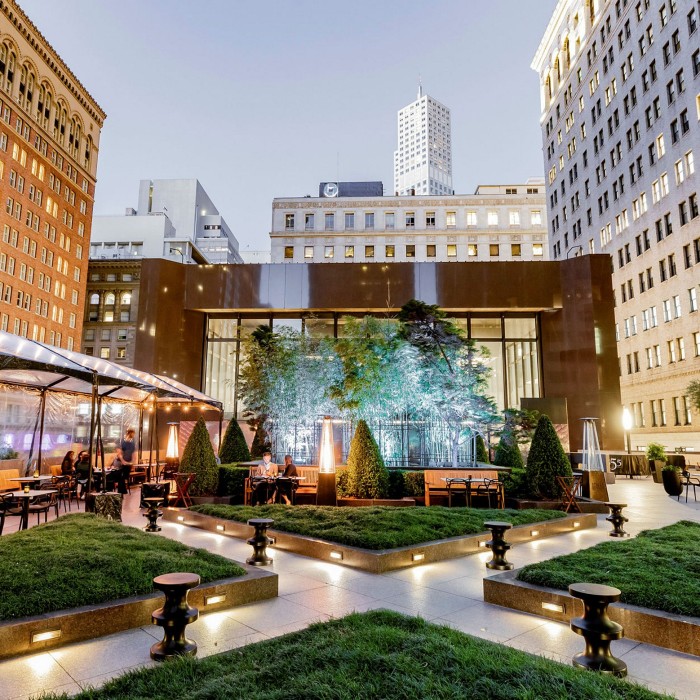
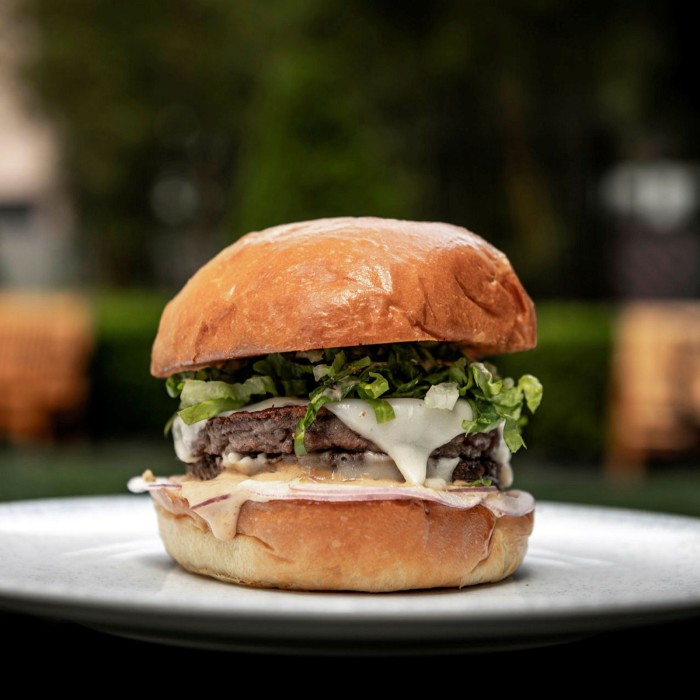
At the bottom of the 555 California Street skyscraper is The Vault, which opened last year back when the “Triple Five” was bustling with staff working for banks and financial services. It was billed as a new fine-dining arrival for the deep-pocketed clientele housed in the 52-storeys above, allowing private locker space for regulars to store their own liquor and wine, should they require that kind of thing.
But the building, like much of the financial district, is now a ghost town. So The Vault has moved completely out of the basement and on to the building’s plaza, creating one of the largest outdoor-dining offerings in the city — though food is still prepared in the basement kitchen, leading to serving staff sometimes clocking up more than 10 miles of walking back and forth in a day. Diners are still largely the business crowd — this a good venue for face-to-face meetings at what feels a comfortable safe distance, although lunch is only available on Thursdays and Fridays. A brunch menu is served over the weekend.
The crowd-pleaser here is chef Robin Song’s trademark double beef burger, which is described by Gagliardi as a “luxe Big Mac”, with Fiscalini cheddar oozing into the meat and bun, accompanied with crispy fries.
Downtown San Francisco has a tendency to become a frigid wind tunnel from the afternoon onwards, leaving the plaza at the mercy of the elements. Blankets on arrival and a plentiful stock of patio heaters solve the problem for the most part, but you can only do so much. The restaurant is also experimenting with format and capacity and is running a few socially distanced events, such as Sunday wine tastings and cocktail-pairing nights (see website for details and booking).
Montesacro Pinseria Romana
510 Stevenson St, San Francisco, CA 94103
Good for: artisanal pizza in a city where good thin-crust can be in extremely short supply.
Not so good for: a relaxing ambience — the full sights and sounds of San Francisco’s many social challenges are on full display here
FYI: avoiding San Francisco’s more troubled districts means missing out on some of its best food. There’s no need to worry, provided you plan accordingly: get an Uber ride to the door and keep your wits about you. Pinsas, more than enough for one, are around $20 each (Website; Directions)
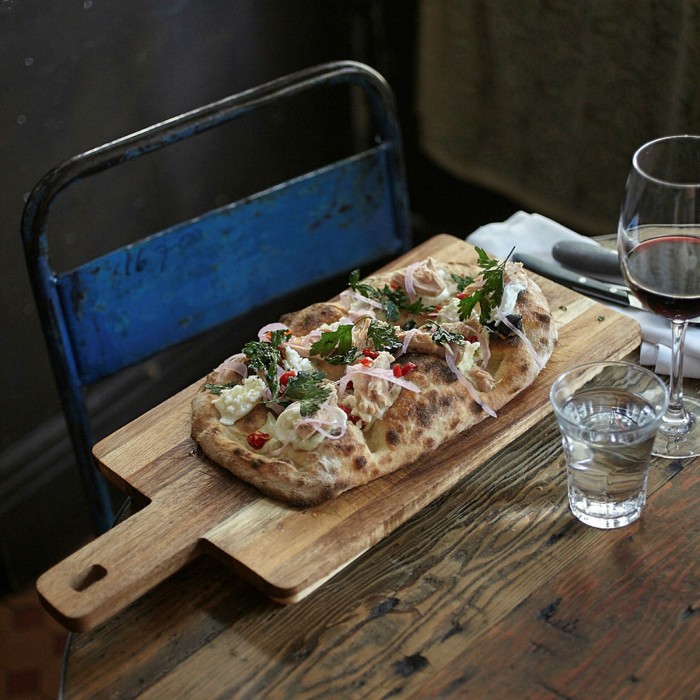
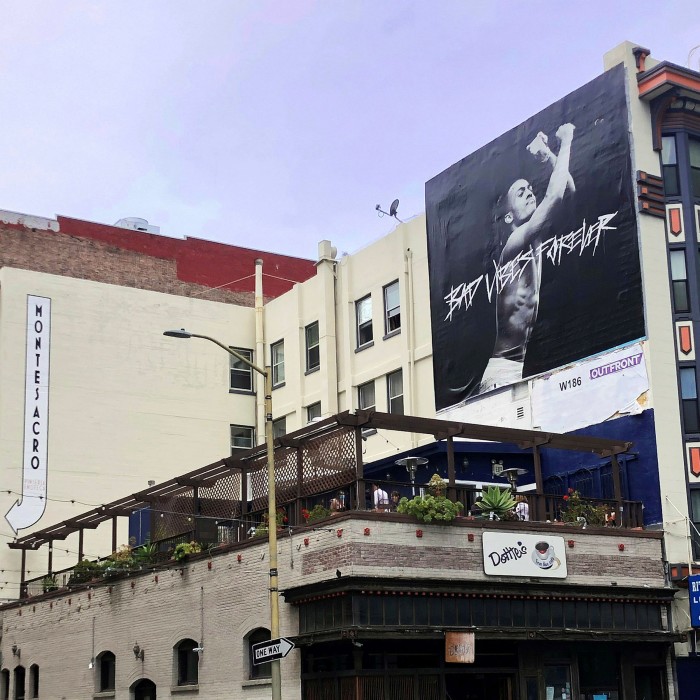
For most of San Francisco’s restaurants, pandemic dining has meant spilling on to the street, lining up tables and setting up charming parklets. Not so with Montesacro Pinseria Romana, which, at 510 Stevenson Street, sits on the fringe of the city’s desperate Tenderloin district. There’s no glossing over the situation here: chronic homelessness, drug-dealing and a mental-health crisis. In other words, dining outside at street level would be best avoided. Instead, Montesacro has shifted upstairs, taking up the small rooftop space above Dottie’s True Blue Café, a San Francisco breakfast and brunch institution that during the pandemic has switched to doing takeaway and deliveries only.
The space gives Montesacro a gritty rooftop area that has a touch of New York about it. And the pizzas, or pinsas, are excellent: pinsa dough uses rice, soy and wheat flour and more water than normal pizza, meaning it is lighter and lower in fat, but with no compromise on taste whatsoever. Quite the opposite — the pinsas are topped here expertly with other elements popular during the days of ancient pinsa-making, such as lardo. As a light starter, try the cavolfiori: roasted cauliflower, olives, capers and cherry tomatoes mixed with a dash of hot chilli and textured with breadcrumbs.
La Mar
Pier 1½, The Embarcadero, San Francisco, CA 94111
Good for: the best pisco sour in the city
Not so good for: avoiding a runaway bill of moreish small plates
FYI: if it’s a nice afternoon or evening, go for a postprandial walk to the end of nearby Pier 7 for a special view of the Bay Bridge and Treasure Island. Don’t be tempted to go as far as Pier 39, perhaps the only place in San Francisco that is better closed than open. Small plates, $20-$45; tasting plates offer a hint of everything for less — strongly recommended (Website; Directions)
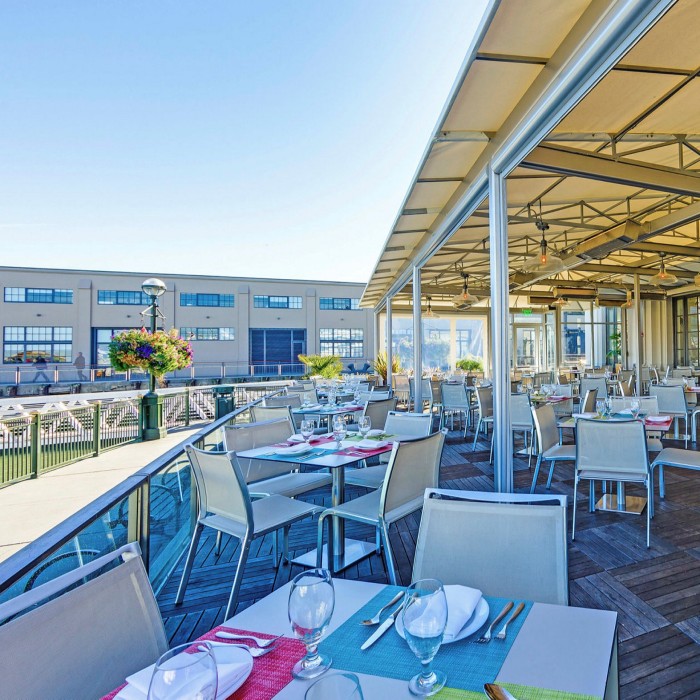
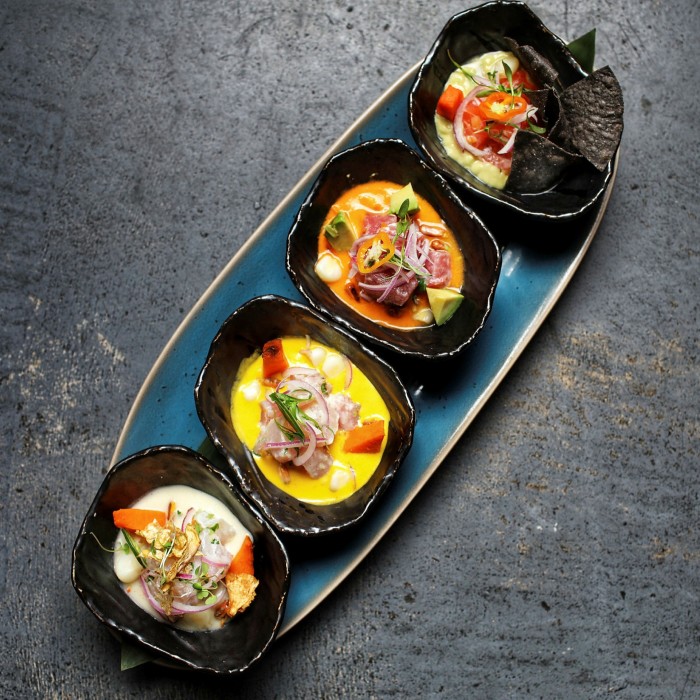
The standout dining experience along The Embarcadero — San Francisco’s waterfront promenade — is Peruvian seafood restaurant La Mar, which, unlike the other locations on this list, already had a thriving outdoor-dining scene prior to the pandemic. It feels all the more special now. After a temperature check, diners are taken around the outside of the restaurant to the spacious patio on the water, shielded from any wind by two nearby piers and the ferry boats normally used to carry tourists to and from the Alcatraz prison island.
The menu is long and daunting, and newcomers to Peruvian food — with its heavy Japanese influences — might find themselves adrift. Do the wise thing: order the tasting plates of nigiri sushi, followed by any of the fresh ceviche. Add the curious purple potatoes and at least one empanada. Accompany everything with La Mar’s famed pisco sour, the foamiest and tastiest in San Francisco. If you wish, the whole experience, from ordering to paying, is contactless.
Quince on the Farm
615 Horseshoe Hill Rd, Bolinas, CA 94924
Good for: forgetting about absolutely everything else going on in the world
Not so good for: a day with any other plans — you’re bedding in for the long haul, here, and you’ll leave very well fed in both stomach and mind. Set aside at least four hours
FYI: you’ll be down on the farm, so bear that in mind when deciding what to wear — particularly if you take up their offer of picking your own vegetables to take home with you. Fixed menu, from $350 per person, plus tax andfees (Website; Directions)
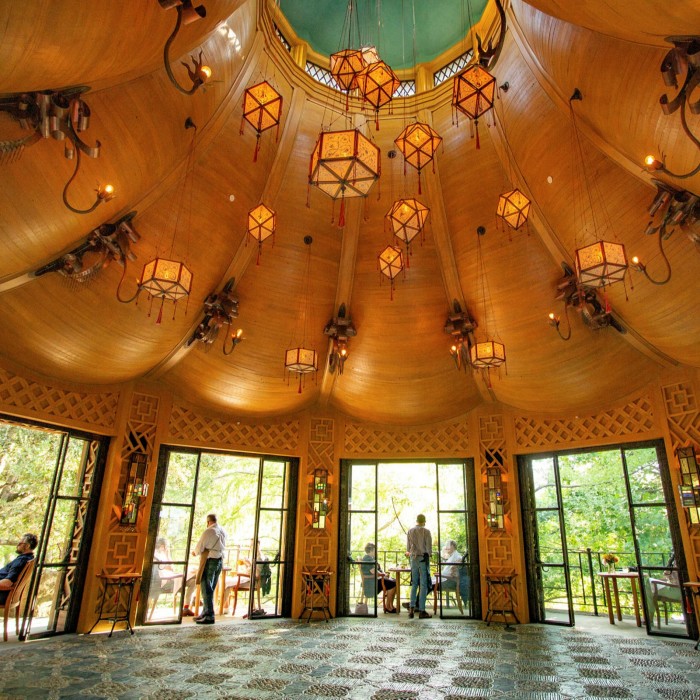
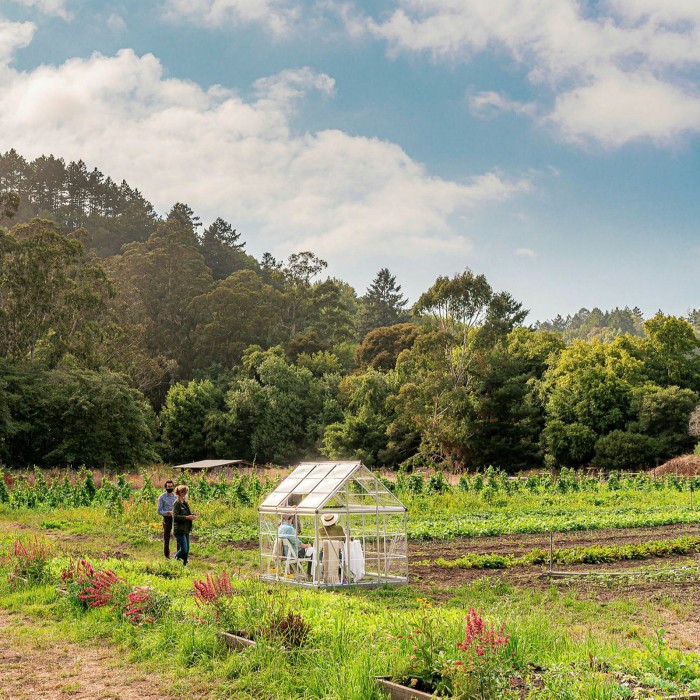
Michael and Lindsay Tusk have earned their three Michelin stars with help, in no small part, from two nearby farms bringing the best of California produce to their restaurant, Quince, on San Francisco’s Pacific Avenue. With the legendary kitchen closed due to Covid-19, it’s time for the diners to go to the source. For as long as the weather will allow, Quince is hosting casual (but still very fine) dining lunches at two farm locations.
The first, Fresh Run Farm, can be found near the hippy coastal enclave of Bolinas — a town so precious to the locals they used to tear down the road signs so outsiders couldn’t ever find it. The second, McEvoy Ranch, is 40 or so miles away in the rolling hills of Petaluma, noted for its exceptional olive oils. Despite the two locations being close, the region’s microclimates mean varied produce at each — and diners who end up at either location will first get a tour of the farm to see what is on offer; guests are free to take a small basket to fill up with vegetables to take home.
The menu on any given day is very much dictated by what is ripe and plentiful on the farm, driving variations of the American contemporary cuisine that made Quince’s name. You can expect light, inventive dishes spread about eight courses. They’re still experimenting, not least because the hurried move from city to country meant hastily constructing a small kitchen: dishes are cooked outside, on a single stove top and oven, in an area not much bigger than what most people would have at home.
On a recent visit, highlights included a tortellini pasta filled with a creamy sweetcorn purée, garnished with baby corn, in a sauce made with nasturtium, elevating the dish with a light, peppery taste. In keeping with Quince’s reputation for breaking free of the plate — they once served a course on an iPad screen — the first course of canapés arrived, inexplicably, on a (thankfully clean) garden trowel.
All of this was enjoyed under McEvoy Ranch’s striking Asian-inspired pagoda — or, rather, around it, with diners seated in each doorway, creating an intimacy that was organically socially distant. What lies ahead for this experience is unclear: California’s wildfires put the Bolinas farm on evacuation watchearlier this year. But the restaurant scene here is nothing if not adaptable — the team at Quince will somehow always make it work.
FT Globetrotter will soon be launching a guide to San Francisco and we're looking for your best tips. Tell us your favourite places to visit, eat, drink, exercise, sightsee, and more
For more stories like this, visit ft.com/globetrotter, or follow FT Globetrotter on Instagram at @FTGlobetrotter
Comments